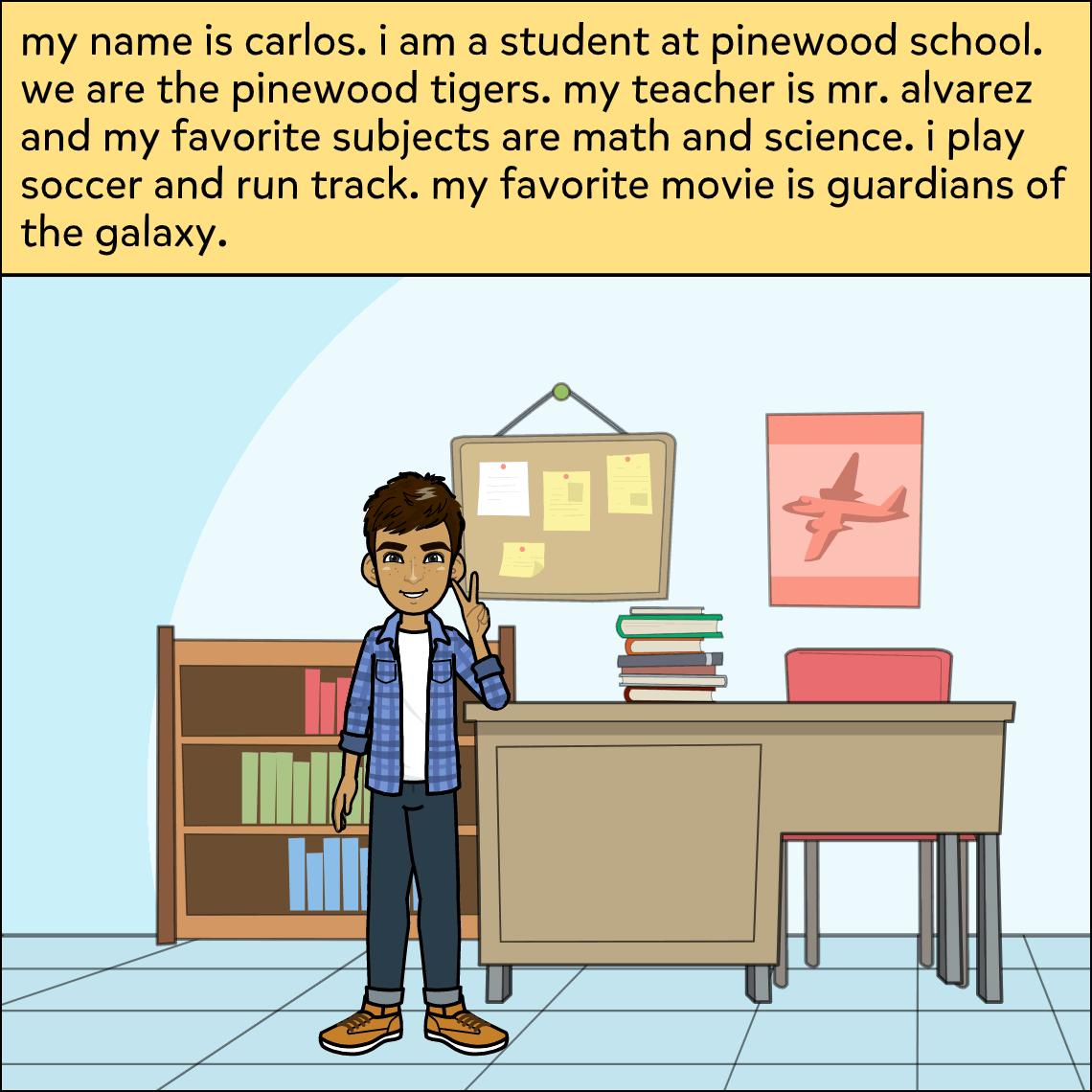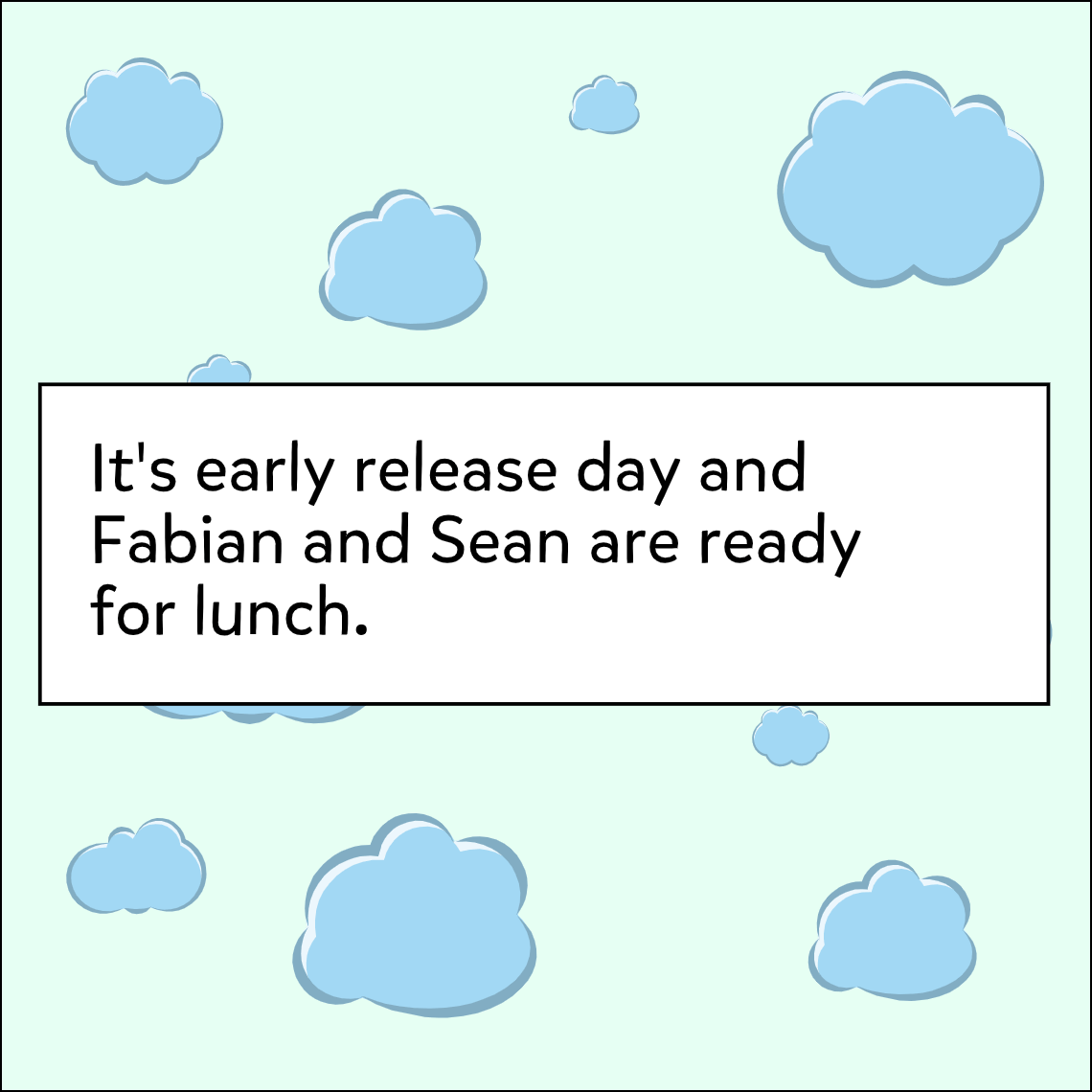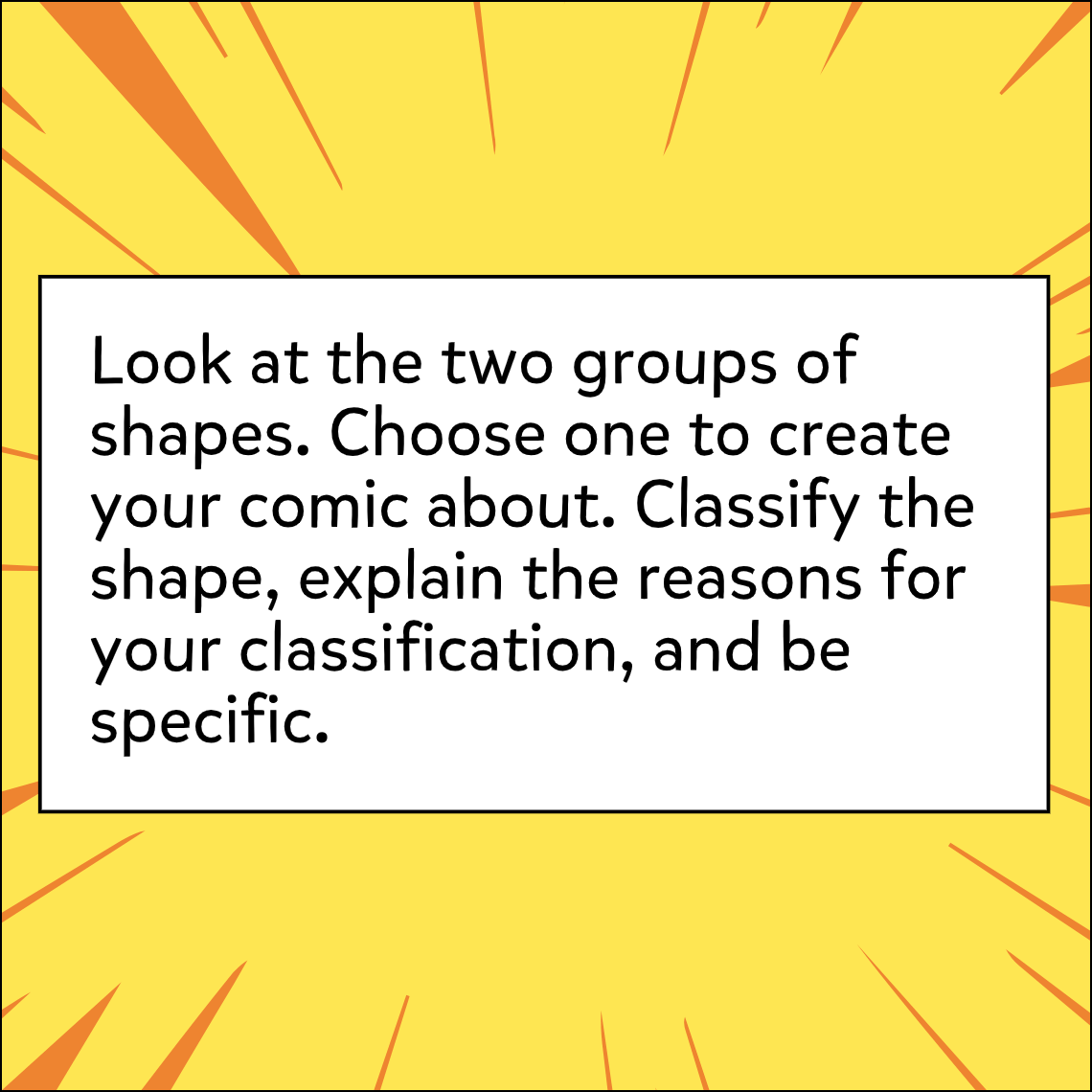Subject: ESL/ELL (English Language Learning)
Lesson Length: 45 mins - 1 hour
Topic: Narration, Expression, Conflict
Brief Description: Students will display multiple points of view.
Know Before You Start: Students should be familiar with what it means to contrast opposing viewpoints and, as a class, have read at least one book or novel with main characters who don’t agree.
Hook:
- Ask students:
- “What are some examples of differences of opinion?”
- “Can every type of conflict be resolved?”
- “How can looking at conflict in literature help us resolve conflicts in our own lives?”
Activity:
- Have students read a book that has characters with conflicting ideas.
- Have students identify the conflict or conflicts between two characters.
- As a class, create a comic using a conflict from the book for students to use as an example.
- Using the sample comic as a guide, have students create a comic displaying a person or character that represents two literary characters from another story they have read that contains a conflict.
Closure:
- Have students share their comics with the class or in small groups.
- Have students explain why they chose that book and that conflict from the book.
- Discuss how similar conflicts may appear in students’ lives, e.g., differing ideas about how to accomplish the same goal; different beliefs about people.
- Emphasize how conflict resolution occurs or does not occur in stories, just as in real life.
Differentiation:
- Allow students to use the speech-to-text feature.
- Allow students to work in pairs or groups as needed.
- Allow students to use the voiceover feature to read their comics aloud.
- Allow students to choose the type of conflict they wish to portray; some students will be comfortable with more significant conflicts than others.
- Allow students to use digital dictionaries/translators as appropriate for your class policy.
Resources:
- Comic to print or display: Comic.
- Character Map
- T-Chart
Suggested Content:
Suggested Story Starters:
 Charlie And The Chocolate Factory
Charlie And The Chocolate Factory
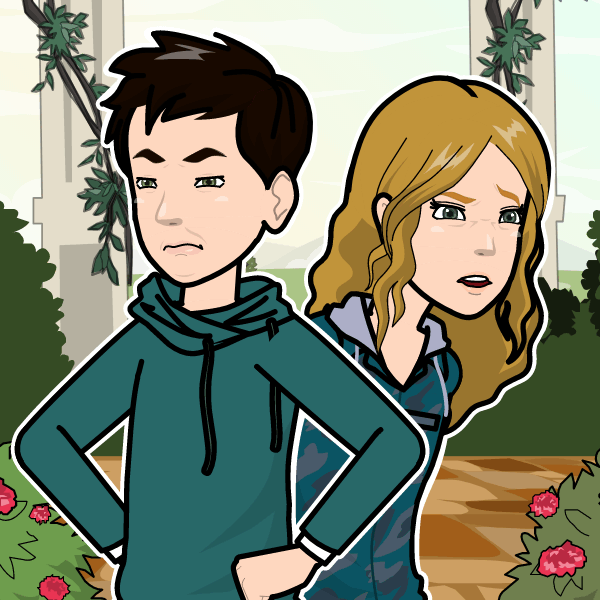 The Lightning Thief
The Lightning Thief
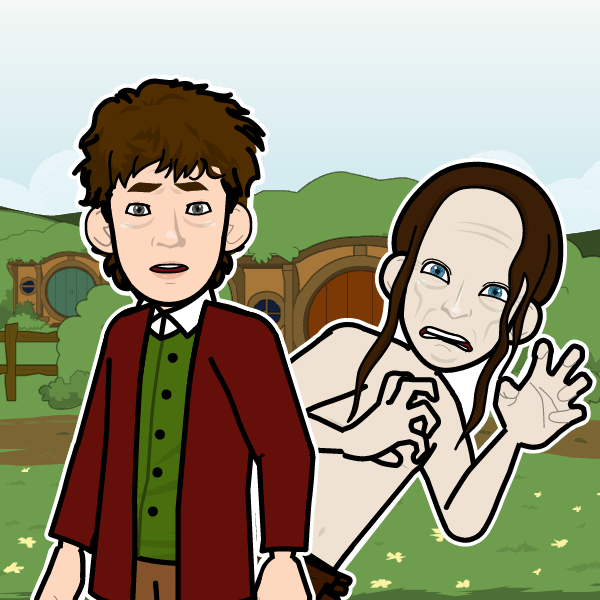 The Hobbit
The Hobbit
 October Sky
October Sky
 The Hunger Games
The Hunger Games
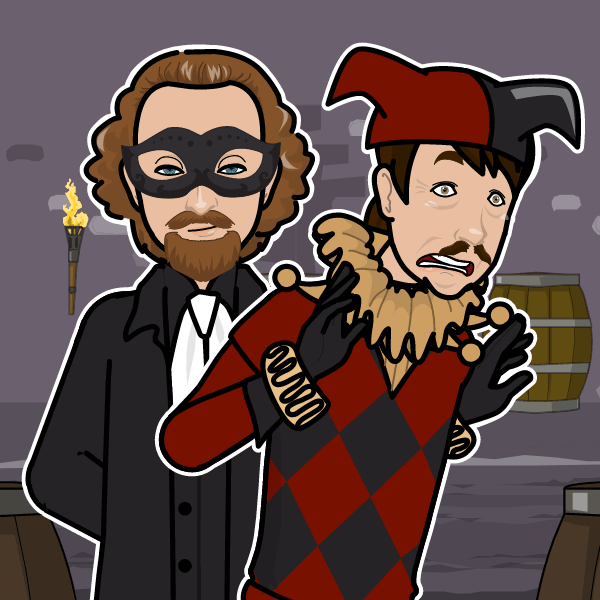 The Cask Of Amontillado
The Cask Of Amontillado
